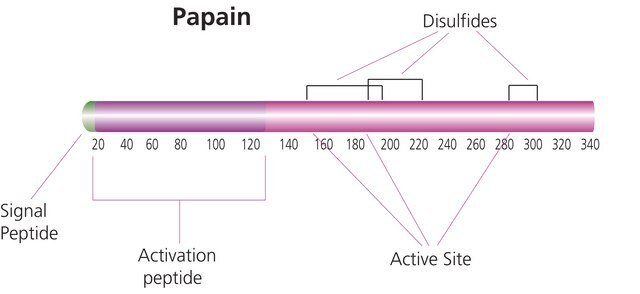W4128
Williams′ Medium E
With sodium bicarbonate, without ʟ-glutamine, liquid, sterile-filtered, suitable for cell culture
Sinónimos:
Williams’ E medium
About This Item
Productos recomendados
product name
Williams′ Medium E, With sodium bicarbonate, without L-glutamine, liquid, sterile-filtered, suitable for cell culture
Nivel de calidad
esterilidad
sterile-filtered
formulario
liquid
técnicas
cell culture | mammalian: suitable
impurezas
endotoxin, tested
componentes
L-glutamine: no
phenol red: 0.0107 g/L
glucose: 2.0 g/L (Dextro)
NaHCO3: 2.2 g/L
Condiciones de envío
ambient
temp. de almacenamiento
2-8°C
Descripción general
Aplicación
Reconstitución
suplemento
Código de clase de almacenamiento
12 - Non Combustible Liquids
Clase de riesgo para el agua (WGK)
WGK 1
Punto de inflamabilidad (°F)
Not applicable
Punto de inflamabilidad (°C)
Not applicable
Certificados de análisis (COA)
Busque Certificados de análisis (COA) introduciendo el número de lote del producto. Los números de lote se encuentran en la etiqueta del producto después de las palabras «Lot» o «Batch»
¿Ya tiene este producto?
Encuentre la documentación para los productos que ha comprado recientemente en la Biblioteca de documentos.
Los clientes también vieron
Nuestro equipo de científicos tiene experiencia en todas las áreas de investigación: Ciencias de la vida, Ciencia de los materiales, Síntesis química, Cromatografía, Analítica y muchas otras.
Póngase en contacto con el Servicio técnico
